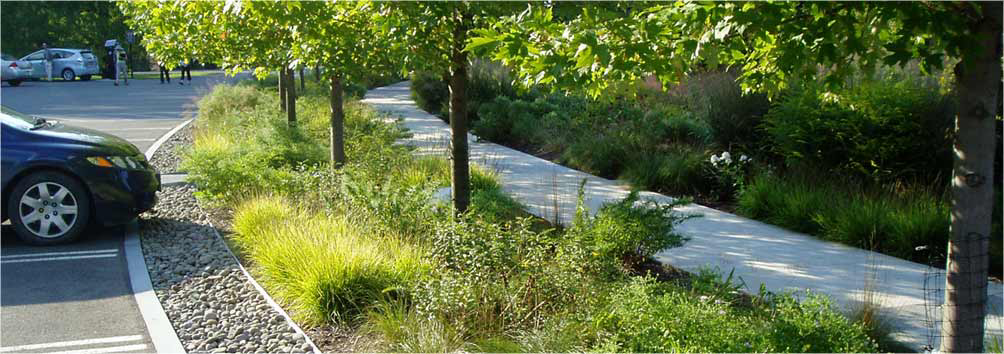Landscape Feasibility Study
eagle eye design undertake feasibility studies in a variety of sectors & for different types of projects. We assist our clients in identifying some of the risk that landscape & visual issues may present when obtaining a planning consent.
A landscape feasibility study is critical for understanding the potential & limitations of a site, particularly in relation to its environmental & regulatory context. This study serves as an essential tool for assessing whether a proposed project is realistic, viable, & sustainable. It begins with a comprehensive site analysis that evaluates key aspects such as topography, soil conditions, hydrology, & microclimate. These factors directly influence the design’s functionality, drainage, & long-term viability. For example, understanding the site’s topography is vital in determining whether significant earthworks will be required, especially for sloped or uneven sites.
Planning constraints play a crucial role in the feasibility study, including a thorough review of local planning policies & environmental designations that could affect the project's progress. Ensuring compliance with these regulations from the start helps prevent costly delays further down the line. The study also assesses the site's existing conditions, such as buildings, vegetation, & access points, to identify which elements can be retained or will require modification.
A landscape feasibility study should also outline potential opportunities & constraints within the site, highlighting both its strengths, such as scenic views or proximity to natural resources, & its weaknesses, like poor soil quality or restricted access. Additionally, the study evaluates the project’s environmental impact, suggesting ways to incorporate sustainable practices like rainwater harvesting or biodiversity enhancement.







